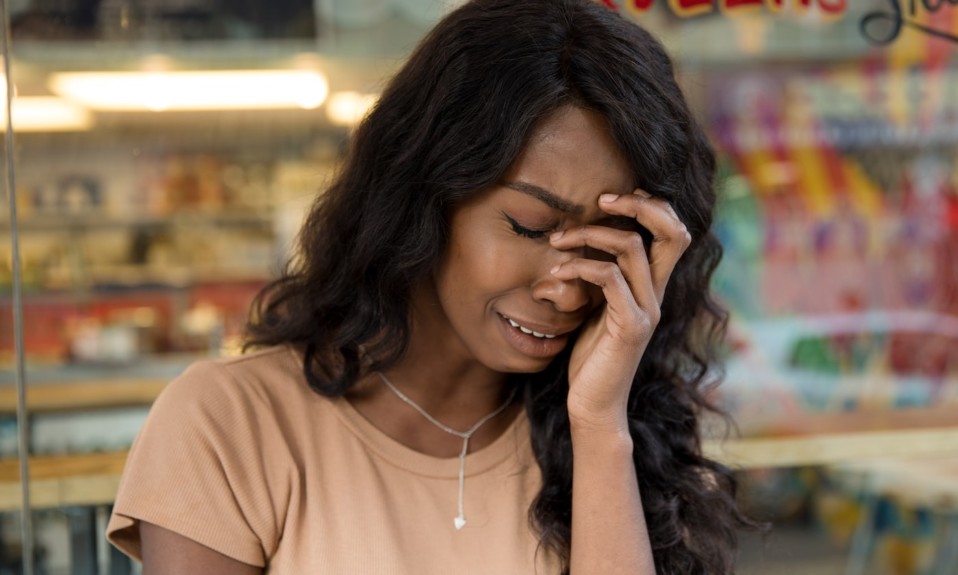A coalition headed by Johns Hopkins is trying to ensure that settlement funds aren’t diverted from combating a drug epidemic that has torched the USA
By William Wagner
February 24, 2021Addiction treatment experts saw what happened in the wake of the 1998 tobacco Master Settlement Agreement (MSA)—billions of dollars that wound up being allocated by states to general funds rather than public health—and they don’t want the same missteps to occur with opioid litigation money. That’s why 31 professional and advocacy organizations, coordinated by the Johns Hopkins Bloomberg School of Public Health, banded together to give us Principles for the Use of Funds from the Opioid Litigation.
Billions of dollars soon will start flowing to states as a result of opioid settlements with pharmaceutical makers and distributors. The Johns Hopkins-led report is designed to help policymakers ensure that those funds are directed toward initiatives that will break the back of the opioid epidemic, which has been raging in the United States for more than two decades and claimed almost 450,000 lives from 1999 to 2018.
Our hope for developing the principles was that they would be a useful guide for policymakers as they move through the process. …There’s some great outreach going on to get these principles into the right hands.”—Sara Whaley, Johns Hopkins Bloomberg School of Public Health
“Our team is very familiar with the scope of the opioid epidemic,” says Sara Whaley, MPH, MSW, MA, program coordinator for the Bloomberg Opioid Initiative at the Johns Hopkins Bloomberg School of Public Health and a key player in putting together the principles. “We know how many lives have been lost to opioid overdoses in the last two decades. We also know that with the tobacco Master Settlement, the money wasn’t used as effectively as it could have been. It was often put into the general funds, so it was used for wherever states thought their budgets needed extra funding. We didn’t want to see that happen again with these dollars.”
The Opioid Settlement Principles
The principles, released at the end of January, have arrived in a nick of time. Addiction treatment advocates say the clock is ticking to establish, at least in a broad-strokes manner, how the cash should be used.
“The $26 billion settlement that’s being discussed through multidistrict litigation, which includes [distributors] McKesson, Cardinal Health and AmeriscourceBergen and [manufacturer] Johnson & Johnson, is forthcoming in the next several months,” says Courtney Hunter, vice president, state policy for the addiction nonprofit Shatterproof, which is part of the coalition. “We’re told those dollars are going to be frontloaded in the first three years. We’re going to have a small window of time to really invest in the right programs and try to make a dent.
“The principles are almost like a first step. Before we even think about where the money’s going, we need to make sure it’s protected. You can see how, at a state level, this money would be diverted to, you know, fill potholes. That’s all wonderful, necessary spending, but it’s not the purpose of these funds.”
The principles are almost like a first step. Before we even think about where the money’s going, we need to make sure it’s protected. You can see how, at a state level, this money would be diverted to, you know, fill potholes.”—Courtney Hunter, vice president, state policy for Shatterproof
The report is comprised of five principles that are foundational in nature:
- Spend money to save lives
- Use evidence to guide spending
- Invest in youth prevention
- Focus on racial equity
- Develop a fair and transparent process for deciding where to spend the funding
Hunter homes in on the fifth principle as being particularly important. “It’s really complicated where these dollars are coming from; there are multiple sources,” she says. “If we don’t have them coordinated in a central place, we’ll really hamper our ability to make a dent in this issue. We want a fair and transparent process.”
Reaction to the Opioid Settlement Principles
Although the road ahead will be tricky to navigate, Whaley likes what she’s seen so far.
“Our hope for developing the principles was that they would be a useful guide for policymakers as they move through the process,” Whaley says. “One settlement, the McKinsey settlement, has just come out, and states are still waiting for the others. We’re not advising to put x amount of money into [specific] programs; we’re just hoping it’s a good guide for these foundational steps. There’s some great outreach going on to get these principles into the right hands. We’re optimistic that they will be impactful and useful. We want states to think about things as these settlements are moving along.”
Photo: Giorgio Trovato














